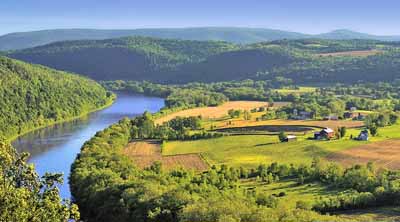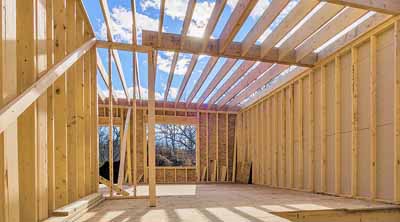What Benefits Do Forests Provide?
Forests provide people with many helpful things. Historically wood was the primary material used to build and heat our homes, and cook our meals. Even today, wood is the leading building material, though most heating and cooking have transitioned to other sources of fuel. In addition, countless consumer products from furniture to books, artwork to toothpaste, and diesel fuel to telephone poles are made in part from wood products. As our population continues to increase, so does wood consumption and our need for healthy, productive forests.
Forests also provide a wide range of ecological services, and none of these are as important as clean, fresh water. Forests are nature’s living reservoirs and water treatment plants. Nationwide over half of all domestic water supplies have their origin in forests. As water percolates through forest soils its flow is slowed, erosion lessened, and the water is cleaned, filtered and made ready again for human use. Another ecological service provided by forests is their role in mitigating climate change. Indeed, the international community recognizes that forests sequester huge amounts of carbon dioxide and are one of the world’s largest carbon sinks.





